The word Majuli always brings back sweet memories of my hometown Jorhat. During the festival of Bihu or functions in the family, we always arranged for some good home made curd and milk cream from Majuli. It also reminds me that along with the curd we also used to hear the news of someone losing their land, home or loved ones due to the massive floods almost every year. Recognized as one of world’s largest inland river islands, Majuli extends for a length of about 90 km from east to west and about 10-15km from north to south.
The fertile lands of Majuli have for centuries nurtured dance forms as Satriya, traditional theatres like Bhaona and Raas Leela and art forms like mask-making with locally available materials and pottery without tools. It is also home to dozens of monasteries called Satras established by the 15th century Hindu reformer Srimanta Shankardev. The Satras of Majuli are the epicenters of Vaishnav art and culture, spread across the entire state of Assam.
I was well aware of the plight of the people of Majuli from a young age, but the recent realization that it might totally disappear from the map in some 25 to 30 years scares me. The island has already been reduced to one-third of its size in the last four decades due to massive soil erosion, frequent earthquakes and floods. The government is spending lots of money through different schemes to improve the living conditions of people here, but most of the money comes in the form of aid and not to solve the problems.
My photo project portrays the struggle and dilemma of the people of the island face on a daily basis.

A young girl plays in the flood water on a submerged village road.
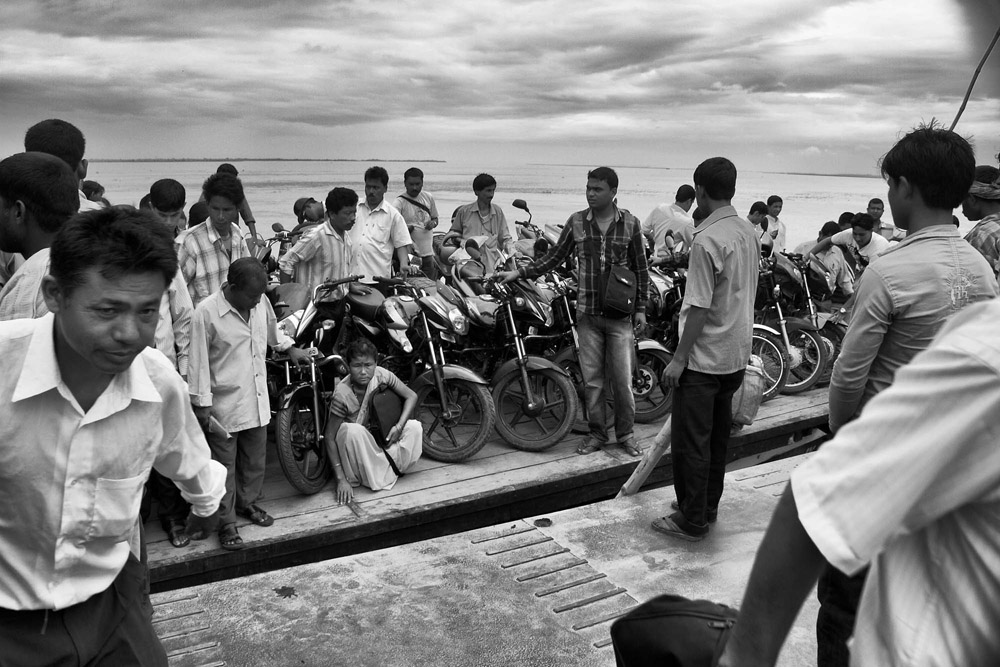
Ferries are the only way for the people of Majuli to commute to the outside world. 4-5 ferries run regularly between Majuli, Jorhat and Lakhimpur district.

Nimati Ghat, the boarding point for the ferry to Jorhat from Majuli, has to constantly change its landing location as large chunks of banks constantly fall into the river.
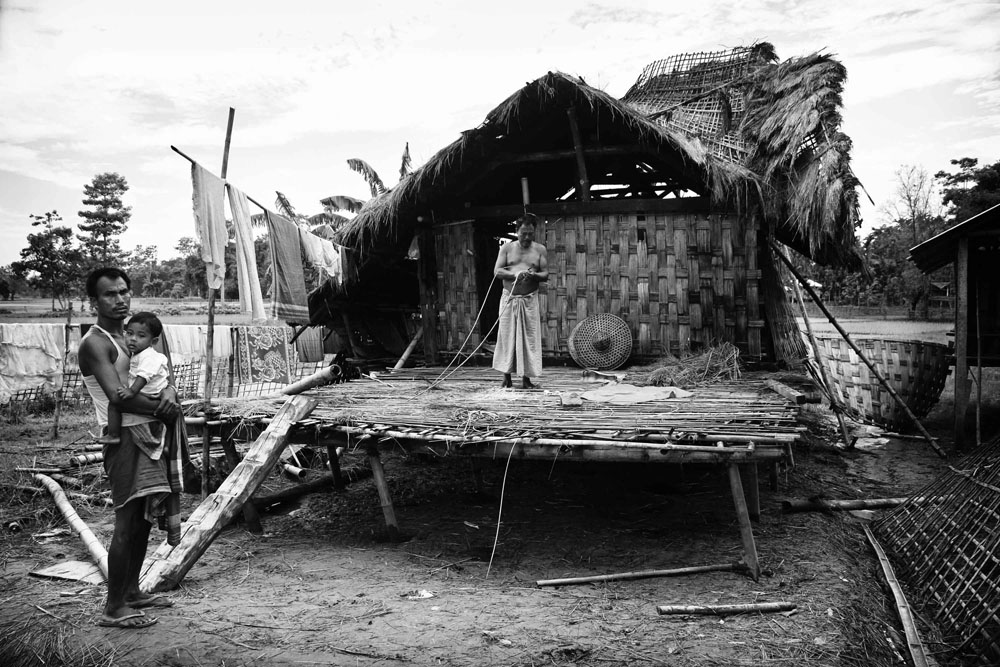
A major part of the earnings of the locals goes into rebuilding their houses almost every year after they get submerged and washed away by floods and storms.

A woman walks to her temporary shelter on the road where she has been staying with her grandchildren for the past two months.
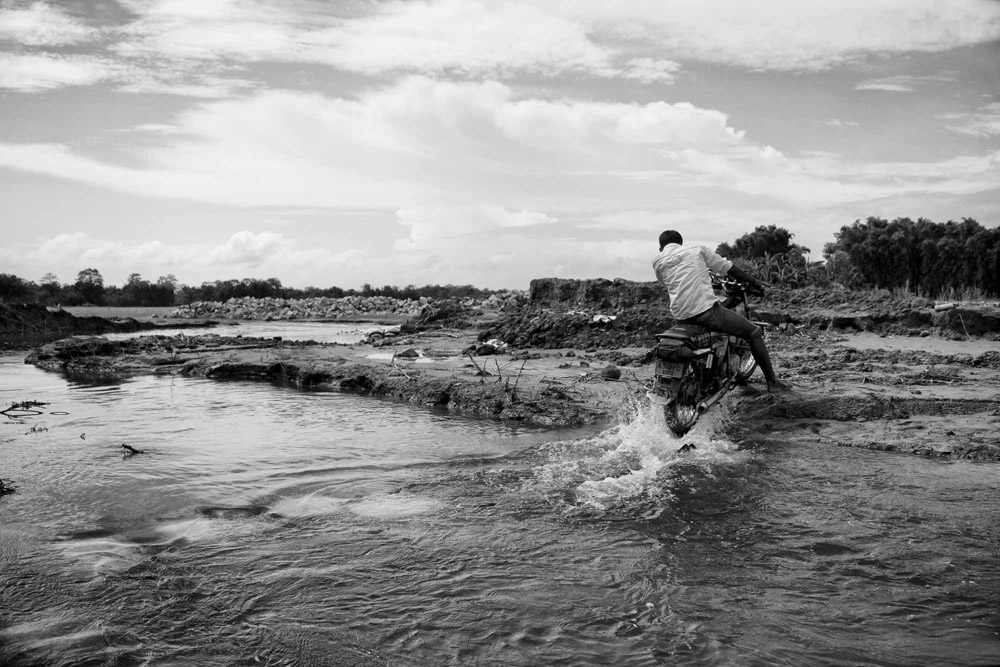
There was practically no road access when I arrived at Salmara village which was entirely submerged. Almost half the village was wiped out in the floods.
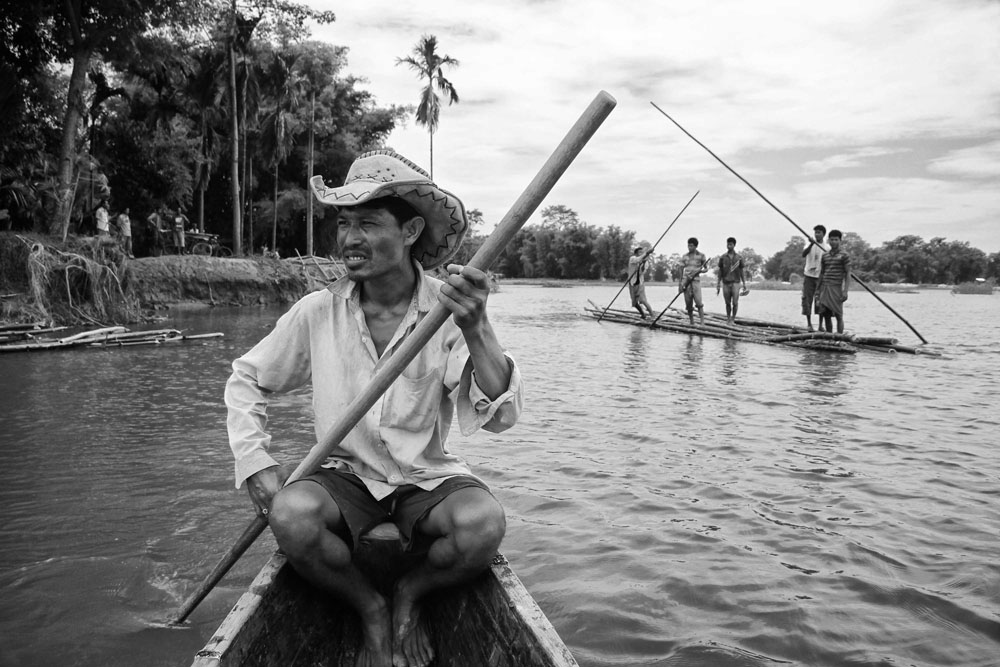
There was a village here which now looks like a huge lake with water levels as deep as 60 feet. Honowal Kachari village, Majuli.

More than 70 villages were submerged, displacing more than 2 lakh islanders and totally wiping out many miles of land in the year 2012.
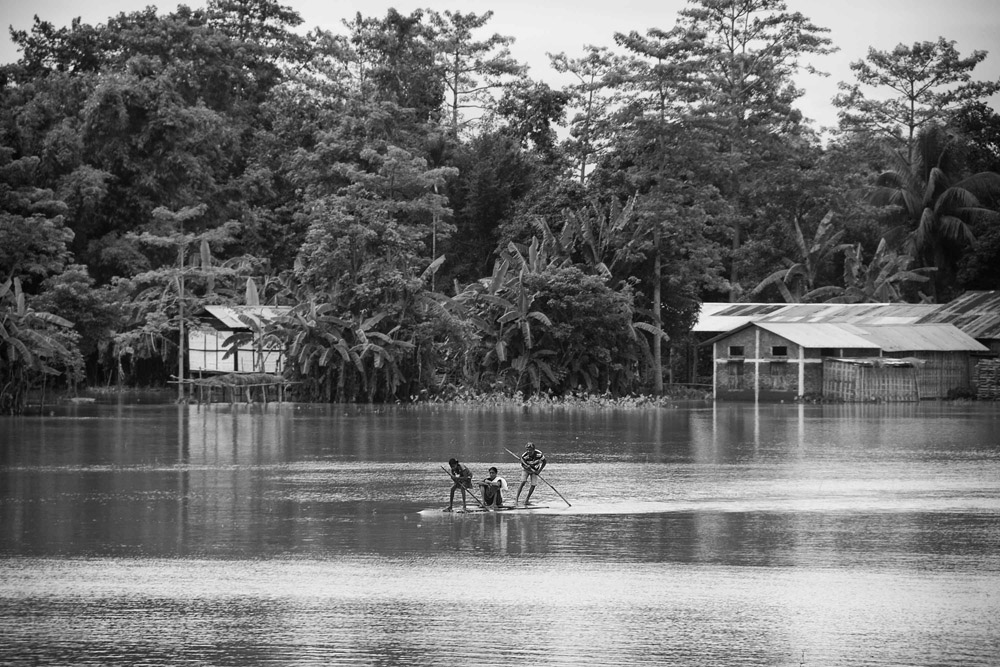
Homemade rafts of sections of banana stumps and bamboo are the only modes of transportation for the local people in times of flood.
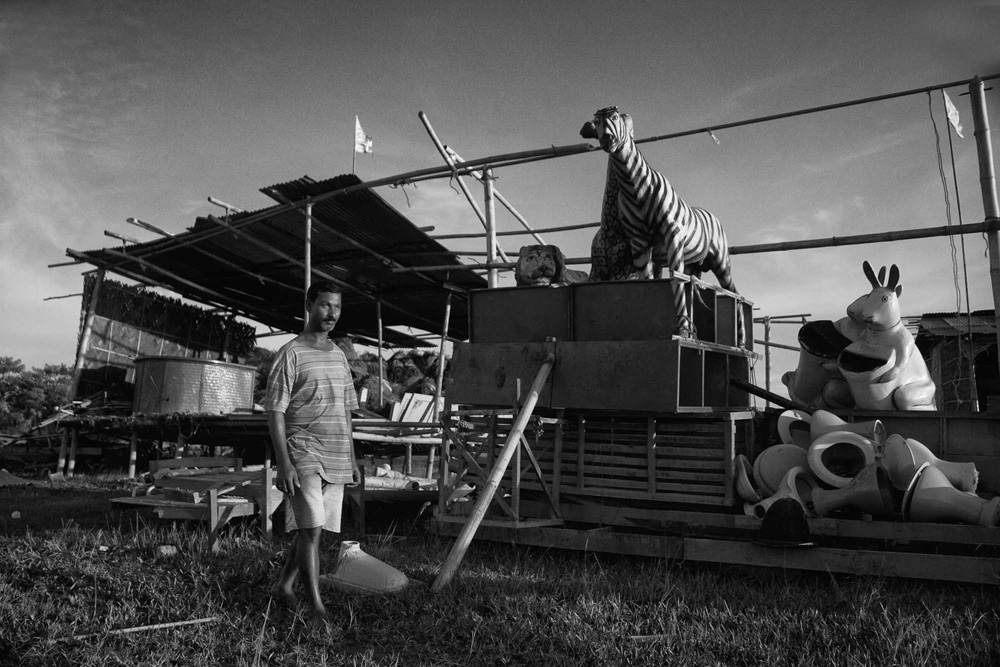
The floods washed away many commercial avenues along with agricultural land, adding to the number of unemployed and landless laborers in the region.
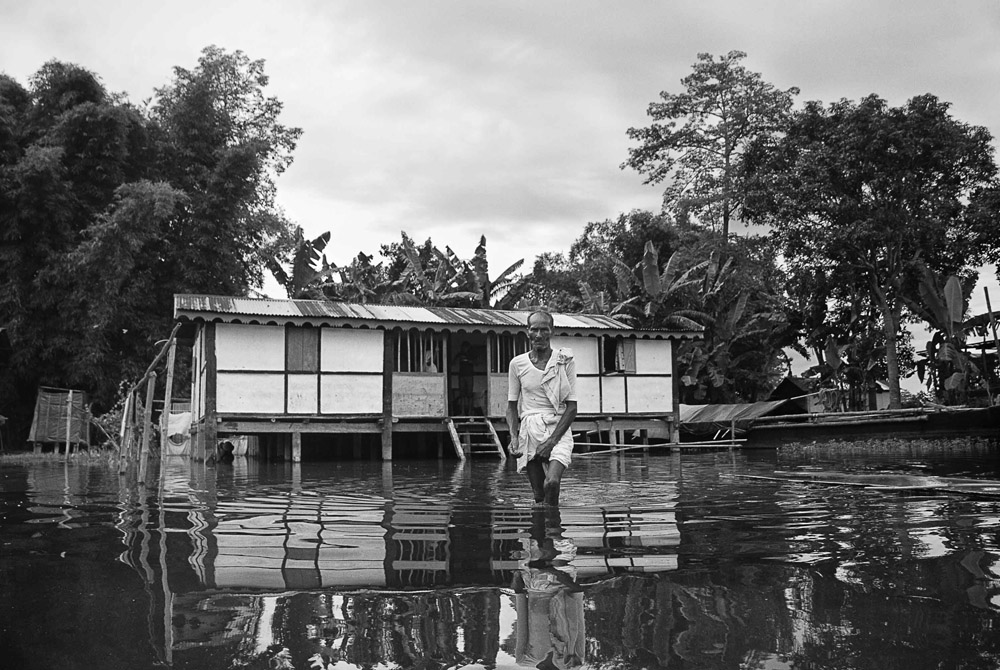
Dhiren Kalita of Salmara village standing in front of his house after the recent floods submerged his house and destroyed his paddy fields.

Local woman working in the paddy fields of Majuli.
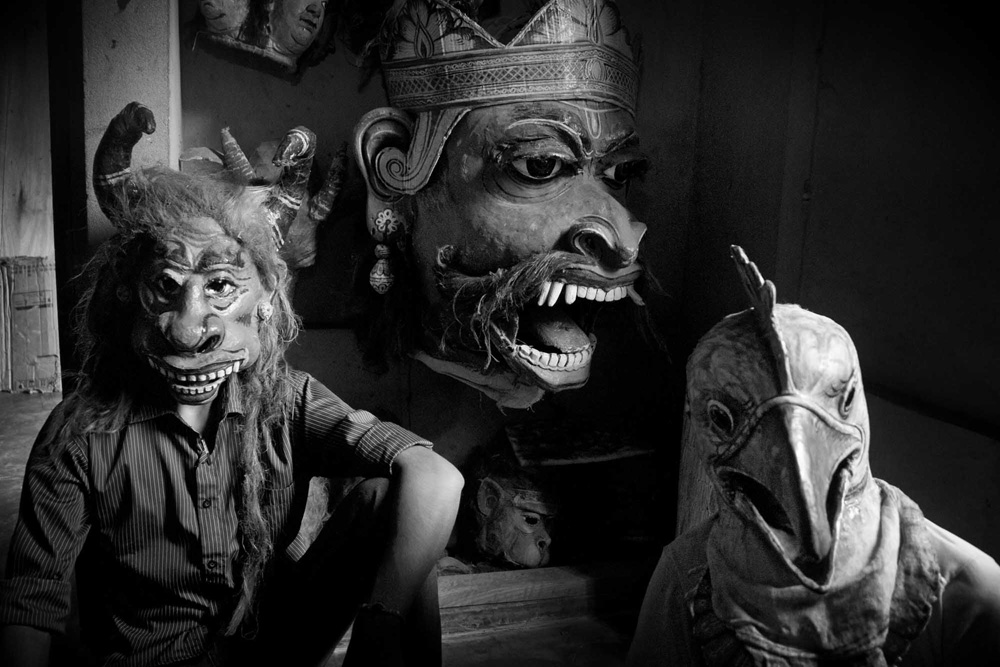
A collection of masks and sketches at mask-making artist Hemchandra Goswami’s house in Samaguri Satra.
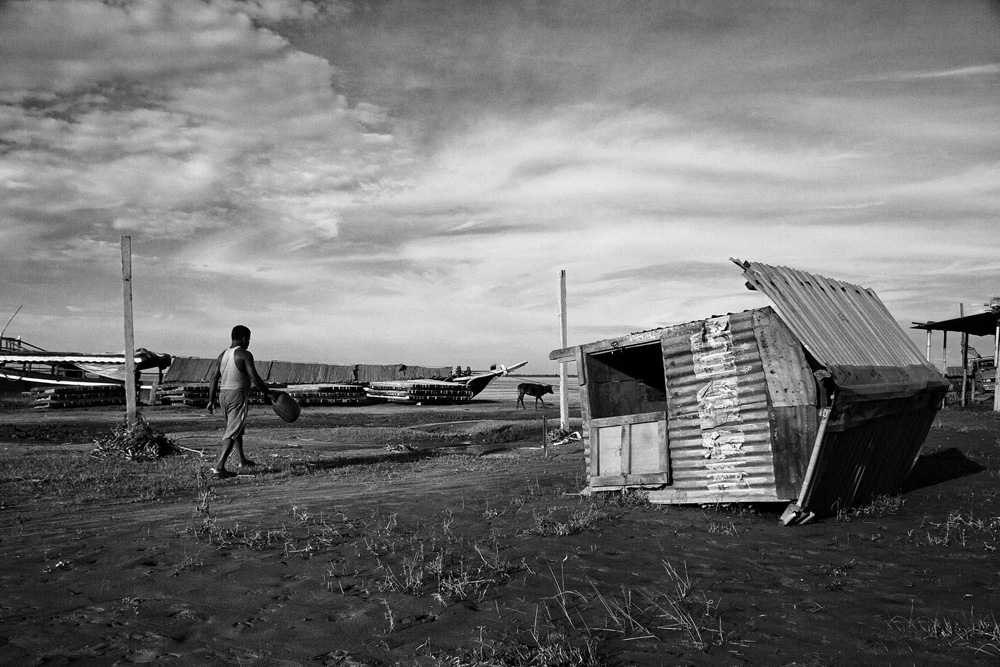
A local shopkeeper walks by his destroyed shop at Kamalabari Ghat, Majuli. Last year the river had swollen and flooded thrice, leaving a trail of destruction and displacement three times worse than the previous years.

Kesharam Bora, a Vaishnav monk at Kamalabari Satra.
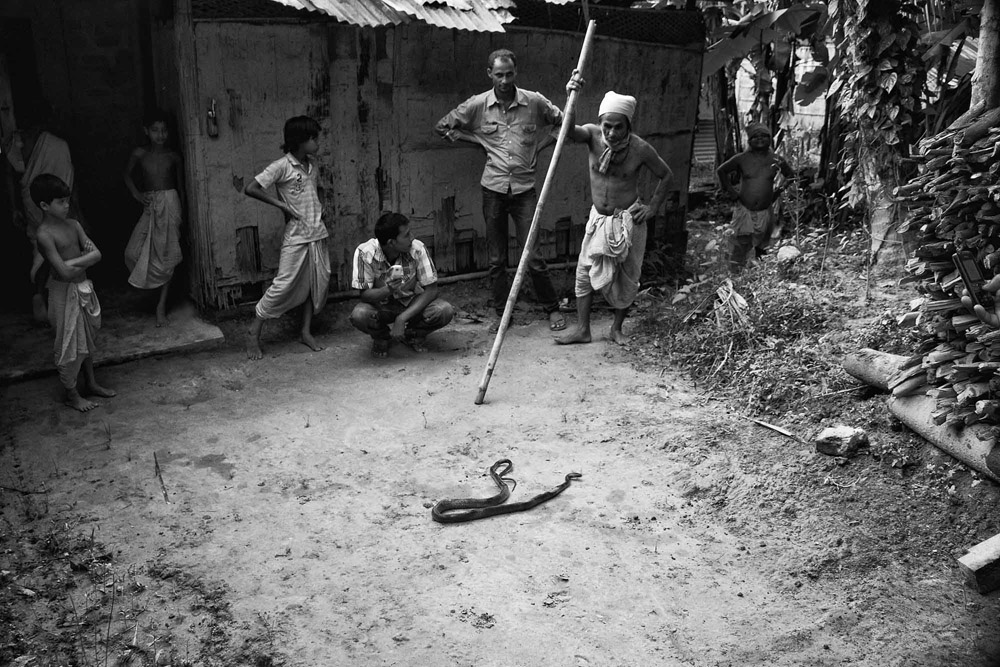
A dead snake found lying in the backyard gets the attention of young initiates at Kamalabari Satra. Snakes and other reptiles getting inside people’s houses is common during the rainy season.

Relief materials being loaded in trucks at Kamalabari ghat for distribution in the flood affected areas and relief camps.

Due to massive erosion, huge amounts of land is disappearing under the river, never to surface again.
Bio:
I am a photographer and visual artist based in Delhi. Trained in all aspects of photography, I decided to pick up a style which narrates stories of common man, their life struggle, culture, conflict and peace resolution. Ever since I discovered photography as a tool which can give voice to a section which is otherwise unheard. I started developing a sense of responsibility towards my subjects which is above professional obligations. I am twenty seven, a photographer and a dreamer who has a vision to tell stories through his lens which are often unheard and which need to be told.
